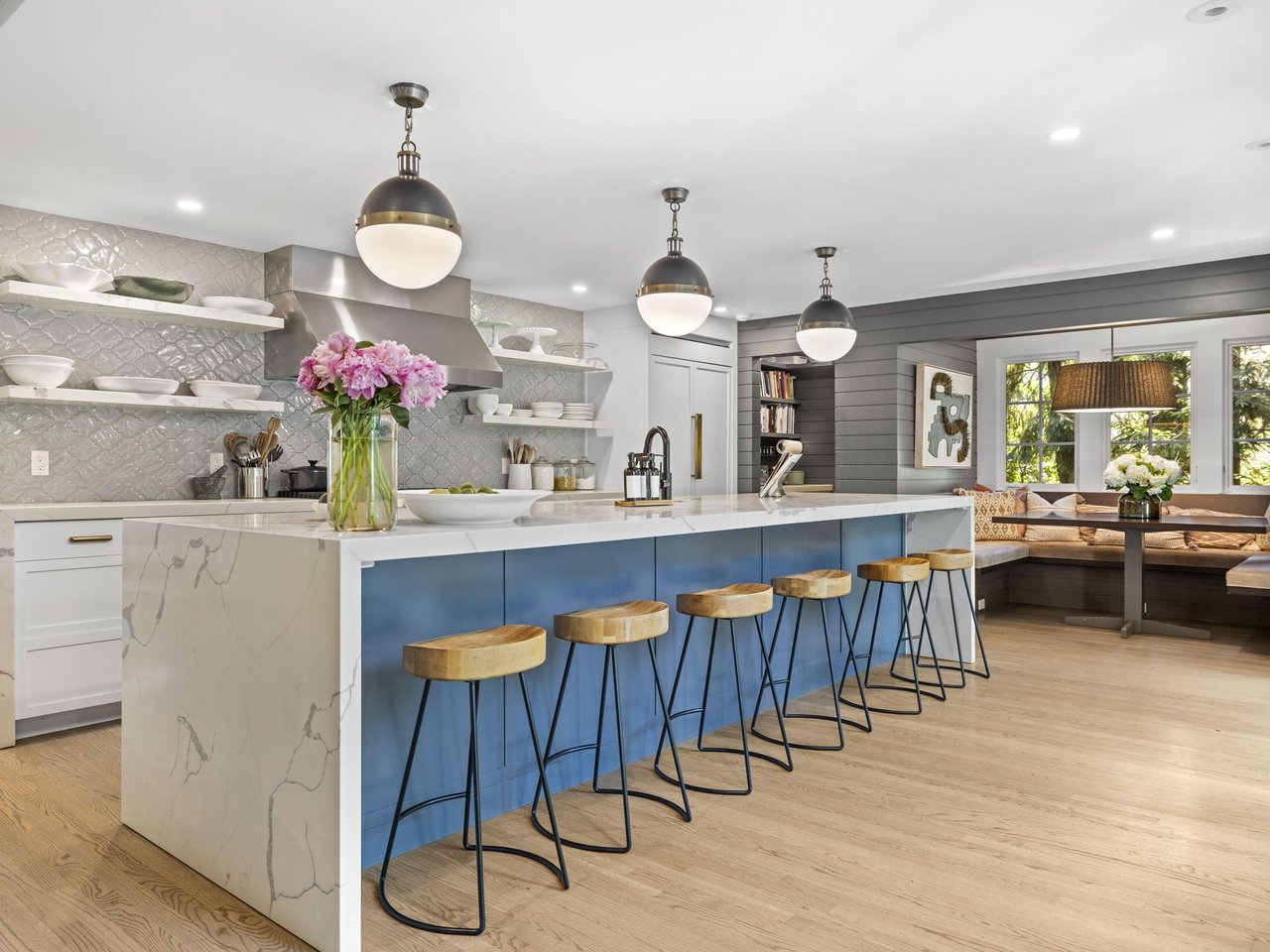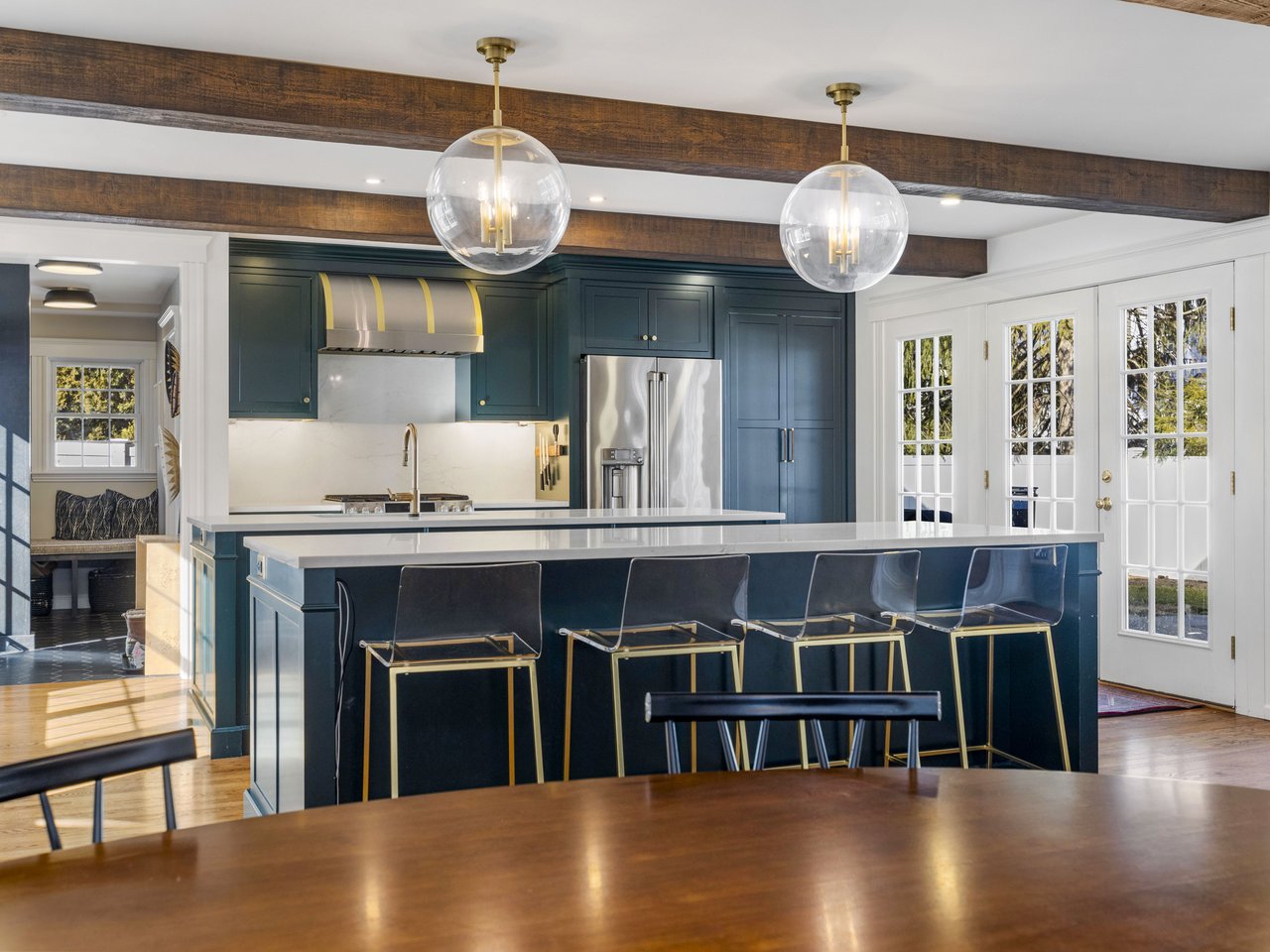In Today’s Real Estate Market, Should You Buy or Sell First?
It's a question a lot of homeowners are asking.
Under typical circumstances, many people choose to sell first and then buy, but in this seller’s market, sellers can do pretty much whatever they want.
Inventory continues to be incredibly low. This means that buying first is the smart solution for many people unless they have a definite plan for where to stay (like a rental or second home).
Buy First and Be Ready to Sell
In a seller's market, buying first offers the advantage of knowing you have somewhere to go once you close on your home sale.
However, if you don't want to be stuck making payments on your current and new mortgages simultaneously, you need a strategy to sell your home fast.
Here’s a step-by-step breakdown of what that might look like:
1. Get a Home Equity Line of Credit (HELOC) and Mortgage Preapproval
A HELOC allows you to use your current home’s value to make a down payment on your new home. Once you close, you repay the HELOC with the money you make from the sale. This is an incredibly helpful tool that can give you more access to the cash you’ll need to buy your new home.
Once you have a HELOC in place, find a lender you like and get preapproved for a home loan. Getting preapproved gives you a clear picture of how much you can afford to spend on your new home. Preapproval also shows sellers that you are a serious buyer, although it's likely you’ll need to waive the mortgage contingency anyhow these days.
2. Prepare Your Current Home to List
Consult with a real estate agent about everything you need to do to get your home market-ready.
This process might include things like:
-
making any necessary repairs
-
decluttering and donating unwanted items
-
staging your home to highlight its best features
-
having professional photographs or videos taken to use for marketing
Your agent might also be able to start putting feelers out within their broker network for potential buyers.
3. Find a New Home and Make an Offer
By this point, you've likely been keeping a close eye on the towns and neighborhoods where you hope to purchase your new home. Now it is time to begin serious shopping. Once you find a home you love, you'll consult with your Real Estate Agent about how to position your offer to be competitive while still feeling comfortable to you.
To come up with your offer, you’ll want to consider things like:
- the selling price for comparable homes in the area
- any obvious repairs, system replacements, or renovations you'll need to make
- how much competition do you anticipate the property to generate
- your budget, including how much cushion to leave for negotiations
From the time you put your offer in, you used to have two weeks to sign a Purchase and Sale (P and S) agreement. In today’s market, that has become more like one week. In a buy-and-sell scenario, the week following an accepted offer on your new home is a big one.
4. List Your Current Home Immediately
As soon as you have an accepted offer, it’s time to get your current home listed. The goal is to sign a P and S on the house you are selling the day before you sign a P & S on the house you are buying.
Having an agent you trust and like can make all the difference in these high-pressure situations.
You'll want to think carefully about the listing price, remembering that you need things to move fast. Your listing agent will also include a line in the MLS that reads “contingent upon signing a purchase and sale on an identified property.” This contingency allows you to get out of the sale if you don't sign the P&S on the property you plan to buy. When home inventory is limited, sellers can include this safeguard and still have plenty of buyers interested.
5. Try to Make the Closing Dates Match Up as Closely as Possible
While it isn't easy, the goal is to get your home sale and home purchase closing dates to match up as closely as possible.
You can request an extended closing date, past the typical 30-45 days. This buffer may help give you enough time to close on your current home sale so you can use the equity to buy your new home. Some sellers may not be willing or able to be flexible— but you never know unless you ask! More commonly, in this market, buyers are using funds from their HELOC to access money for their down payment and then paying it off when their home sells.
Once this whirlwind month or so is over, the reward is ideally saying goodbye to your existing home and moving into your new home with very little to no overlap in dates or mortgage payments.
If You Sell First, Be Prepared for Two Moves
In a competitive seller’s market, you may not be able to buy your new home as quickly as you had hoped. With fewer homes on the market and lots of competition, there is a high chance you'll need to store belongings and find temporary housing. If you are lucky enough to have a second home, family to stay with, or a solid plan for a rental, you could try selling first and then buying.
Here’s an example of how the process might look:
1. Make a Temporary Housing Plan
Figure out how much you can afford to spend on temporary housing and what will work best for your family. If you can stay with family or friends, this can alleviate a lot of the financial strain. Alternatively, you might need to find a short-term rental with the help of your real estate agent.
Think about the implications for your children or pets if you have them. You may need to consider proximity to a school or pet-friendly accommodations.
Depending on the timeline of your buyer, you may even be able to negotiate a use and occupancy agreement (U and O) to rent back your home temporarily from the new buyer.
2. Get Preapproved for a Mortgage
Preapproval will ensure that you are ready to begin your home search in earnest as soon as your current home sells. It will also put you in a stronger position to rent back your home if you need to.
3. List Your Home for Sale
Work with your agent to prepare and list your current home. Because selling before you buy eliminates some of the timing pressure, you can likely be a little bolder with your listing price. Once you close on the sale, you can begin shopping for your new home.
4. Put Items in Storage, and Move them Into Your Temporary Housing
It's time to move number one (unless you've arranged to lease back your property). You'll likely be putting furniture and other items into storage and heading to your temporary housing arrangements while searching for a new home.
5. Make an Offer and Settle in Your New Home
With more liquidity resulting from closing on your home sale first, you'll be ready to make a strong offer when the right home comes along. Once you have closed on your purchase, it's time for move number two. You can bid farewell to your temporary housing and settle into your brand new home-sweet home.
How to Decide What’s Right for You?
Ultimately, you need to decide which path will help you sleep the easiest at night.
Here’s a quick recap of the pros and cons of each scenario:
Buying Before Selling
- You know where you'll be headed next and can avoid the frustration and expense of moving twice
- You won't feel as much pressure to settle for a new home that isn't what you want
- You will need to sell fast, which could mean a lower sale price, though not always!
Selling Before Buying
- You will have more cash available for a down payment on your new home
- You may be able to list at a higher price and be more selective about choosing a buyer
- You will likely have to deal with the expense and hassle of finding temporary housing and putting items into storage
Need help deciding which strategy is best for you?
Contact your Rutledge agent or click the button below to get matched with a member of our experienced team.
Get help from a Rutledge agent today.




